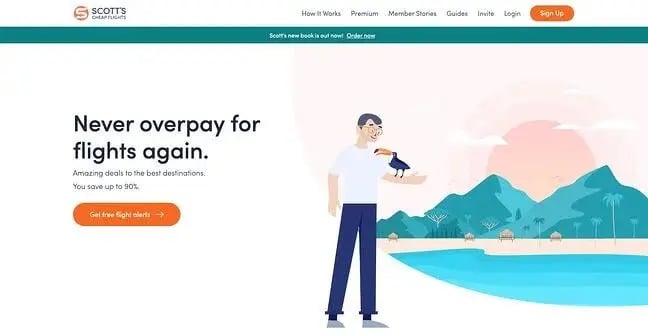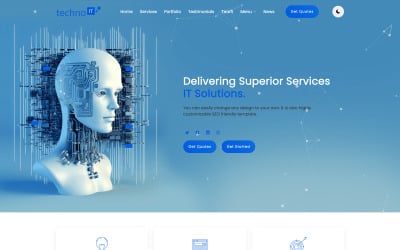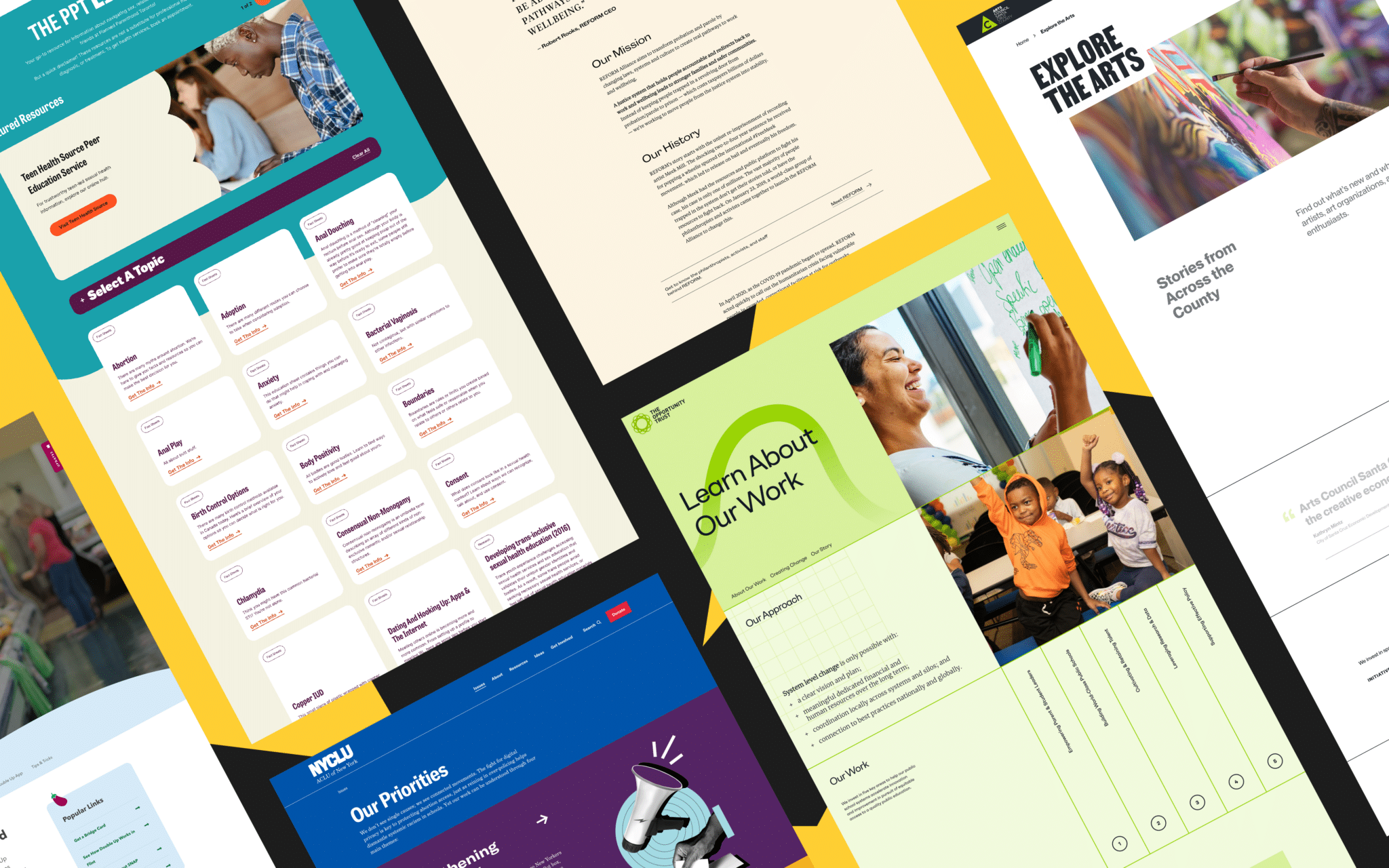How Website Design Can Help Improve User Experience and Engagement
How Website Design Can Help Improve User Experience and Engagement
Blog Article
Boost Engagement With Cutting-edge Website Layout Solutions
An attentively crafted user experience, underpinned by calculated aesthetic style and interactive components, can significantly enhance individual interaction. By discovering various methods such as receptive design and tailored web content, businesses can develop a system that not only captivates users yet additionally fosters long-lasting loyalty.

Recognizing User Experience
Recognizing user experience (UX) is important for producing reliable website style options, as it straight affects exactly how individuals interact with digital systems. A thorough UX approach incorporates numerous components, consisting of use, individual, and access satisfaction, every one of which contribute to the total efficiency of a web site.
To start with, use focuses on exactly how quickly customers can navigate and discover the details they seek. Access makes sure that all customers, consisting of those with impairments, can properly engage with the website.
In addition, recognizing individual personas is vital for customizing the experience to fulfill particular audience demands. By carrying out customer research study and screening, developers can collect understandings that educate layout decisions, ensuring the site not just satisfies aesthetic objectives but also fulfills practical demands. Inevitably, a thoughtful approach to UX design promotes engagement, encourages retention, and boosts overall individual contentment, which are important for the success of any type of digital platform.
Visual Design Methods
Including effective visual design techniques is vital for catching individual interest and improving the general user experience on a website. A well-thought-out visual power structure overviews users through the web content, permitting them to conveniently take in and browse info. This can be accomplished with the calculated use typography, color pattern, and spacing, which collectively produce a interesting and cohesive layout.
Color plays a pivotal duty in establishing and stimulating emotions brand name identification. Using a balanced shade combination that straightens with the brand's ethos can foster knowledge and depend on. Furthermore, including top notch images and graphics boosts aesthetic appeal and can substantially improve customer interaction.
Whitespace, typically ignored, is similarly important as it enables material to take a breath and avoids frustrating users with clutter. It facilitates much easier reading and comprehension, leading to a much more satisfying surfing experience.
Lastly, consistency in design aspects-- such as button icons, typefaces, and styles-- ensures a seamless customer journey, reinforcing the brand name's expertise. By tactically implementing these aesthetic layout methods, sites can not only draw in site visitors however also motivate them to stay longer and engage more deeply with the content.
Interactive Elements for Involvement
Engaging users successfully commonly depends upon the implementation of interactive components that invite involvement and cultivate a dynamic surfing experience. These components, consisting of quizzes, polls, and interactive infographics, urge individuals to actively take part as opposed to passively take in web content. By integrating such attributes, web sites can not only record attention however likewise enhance individual retention.

Gamification is an additional effective technique. Incorporating game-like components, such as success or rewards for completing tasks, can change ordinary content interactions right into delightful experiences. This method not only boosts involvement however likewise urges individuals to return, developing a loyal audience.
Additionally, interactive aspects can facilitate social sharing, amplifying an internet site's reach. Features like remark areas, share buttons, their website and user-generated material areas foster area interaction, turning site visitors into active individuals. website design. Eventually, the critical usage of interactive aspects is important for creating a compelling and interesting web site that resonates with users
Adaptive and responsive Design
A well-designed website needs to focus on flexible and responsive design to make certain optimum user experiences throughout a range of devices and display dimensions. Responsive layout utilizes liquid grids and versatile images, enabling the layout to automatically readjust based on the customer's screen dimension. This method ensures that customers can conveniently navigate and engage with the material, despite whether they are making use of a desktop computer, smartphone, or tablet .
On the other hand, flexible style uses predefined formats that are customized to specific gadget groups. This implies that the website detects the kind of tool being made use of and offers the appropriate layout, which can enhance filling times and optimize the screen of necessary aspects. While both strategies intend to improve usability, responsive style is commonly preferred for its fluidity and seamless transition in between tools.
Integrating flexible and responsive layout not only boosts customer fulfillment however likewise favorably affects online search engine rankings. Online search engine prioritize mobile-friendly sites, therefore boosting exposure and bring in more visitors. As a result, investing in these layout approaches is vital for services looking to straight from the source involve their audience successfully and maintain a competitive edge in today's digital landscape.
Studying Customer Comments and Information
Individual responses and information evaluation are crucial elements of reliable website style, as they offer beneficial insights right into customer behavior and choices. By systematically gathering and examining customer responses with studies, functionality screening, and analytics devices, designers can identify discomfort points and areas for renovation. This data-driven strategy allows services to tweak their web site components, ensuring that the customer experience lines up with audience assumptions.
Analyzing metrics such as bounce rates, time on web page, and click-through prices supplies a measurable point of view on individual engagement. These metrics help designers discern which content reverberates and which locations might need optimization. A/B testing can be utilized to evaluate variants in layout, permitting developers to make educated choices based on individual interactions.
Including user comments not only enhances web site functionality however also promotes a sense of area and depend on. Involving with individuals through responses loopholes grows loyalty and urges repeat brows through. Inevitably, leveraging individual feedback and information analysis is important to creating a vibrant, user-centered site that adjusts to developing individual needs and choices, consequently driving greater interaction and contentment.
Verdict

An attentively crafted individual experience, underpinned by strategic visual layout and interactive components, can dramatically enhance customer interaction.Including efficient visual layout techniques is crucial for capturing individual focus and improving the general user experience on an internet site.Customer feedback and data analysis are essential elements of efficient website design, as they give important understandings right into customer actions and choices. Inevitably, leveraging customer feedback and information analysis is integral to producing a dynamic, user-centered web site that adapts to developing user requirements and preferences, consequently driving greater involvement and fulfillment.
In verdict, cutting-edge site style solutions substantially enhance individual involvement by prioritizing individual experience, using effective aesthetic methods, and incorporating interactive components.
Report this page